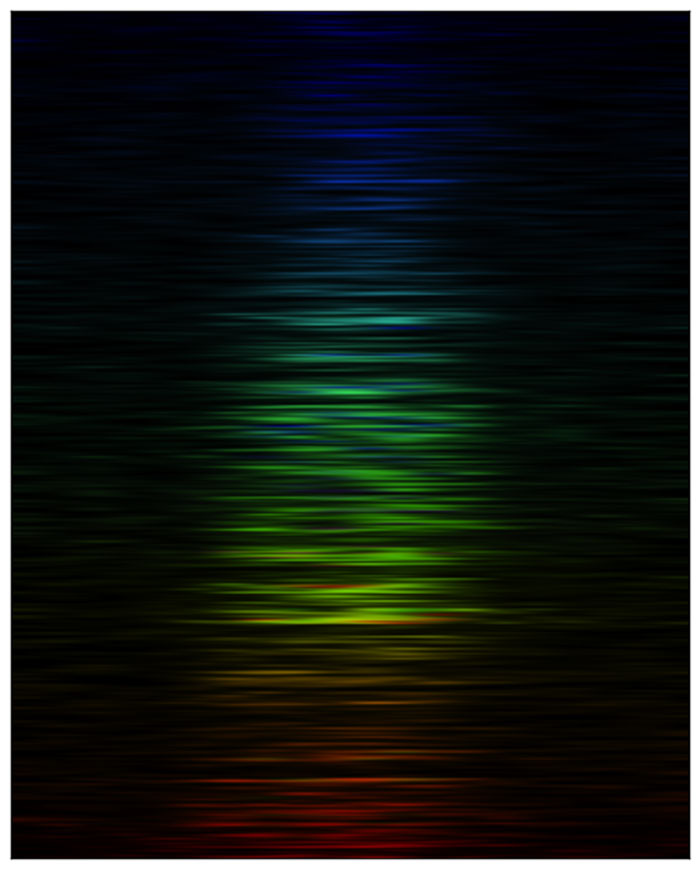The Philae lander of Rosetta mission while approaching the Comet 67P/Churyumov–Gerasimenko on 12 November 2014. After first touch down it moved to the final position showed.
The stunning mosaic comprises a series of images captured by Rosetta’s OSIRIS camera over a 30 minute period spanning the first touchdown. The time of each of image is marked on the corresponding insets and is in GMT. A comparison of the touchdown area shortly before and after first contact with the surface is also provided. (Touchdown occurred at 15:34 GMT spacecraft time (with the signal received on Earth at 16:03 GMT); the image marked 'touchdown point' was taken afterwards, at 15:43 GMT, but clearly shows the evidence of the touchdown event when comparing with an image taken previously.)
The images were taken with Rosetta’s OSIRIS narrow-angle camera when the spacecraft was 17.5 km from the comet centre, or roughly 15.5 km from the surface. They have a resolution of 28 cm/pixel and the enlarged insets are 17 x 17 m.
From left to right, the images show Philae descending towards and across the comet before touchdown. The image taken after touchdown, at 15:43 GMT, confirms that the lander was moving east, as first suggested by the data returned by the CONSERT experiment, and at a speed of about 0.5 m/s.
The final location of Philae is shown in the image below.
Here is a description of the Philae journey to land the Comet.
Philae Rosetta Mission Instruments
What are the instruments carried by Philae over the Comet?APXS: The 'Alpha Proton X-ray Spectrometer' is designed to study the chemical composition of the landing site and track any potential changes during the comet's approach to the sun.
Civa: This stands for 'Comet Nucleus Infrared and Visible Analyser'. The instrument is made up of six cameras and is able to take take panoramic pictures of the comet surface.
Consert: The 'Comet Nucleus Sounding Experiment by Radiowave Transmission' studies the internal structure of the comet.
Cosac: An instrument used to detect and identify complex organic moleculed. Cosac stands for 'Cometary Sampling and Composition'
Ptolemy: This instrument is used to understand the geochemistry of light elements, such as hydrogen, carbon, nitrogen and oxygen.
Mupus: The 'Multi-purpose Sensors for Surface and Sub-Surface Science' instrument studies the properties of the comet surface and sub-surface
Rolis: The 'Rosetta Lander Imaging System' provided some of the the first close-up images of the landing site
Romap: Philae's 'Rosetta Lander Magnetometer and Plasma Monitor' is designed to study the magnetic field and plasma environment of the comet
SD2: This is the lander's drill, and was today deployed in order to collect material from the comet for analysis
Sesame: The 'Surface Electric Sounding and Acoustic Monitoring Experiment' looks at the electrical parameters of the comet
Here is the map of the instruments the Philae lander of Rosetta mission is carrying to study and investigate the Comet soil.
ESA has prepared also a stunning promotional short Movie of Rosetta Mission that celebrates the Mankind Ambition to fulfill so difficult and tricky mission. A great step forward for Human knowledge. Here you can find Ambition the short movie.
What u think about Rosetta Mission? Leave a comment and let me know.
Ah, did you like the post? Make me a favour, Share it with your friends!















No comments:
Post a Comment